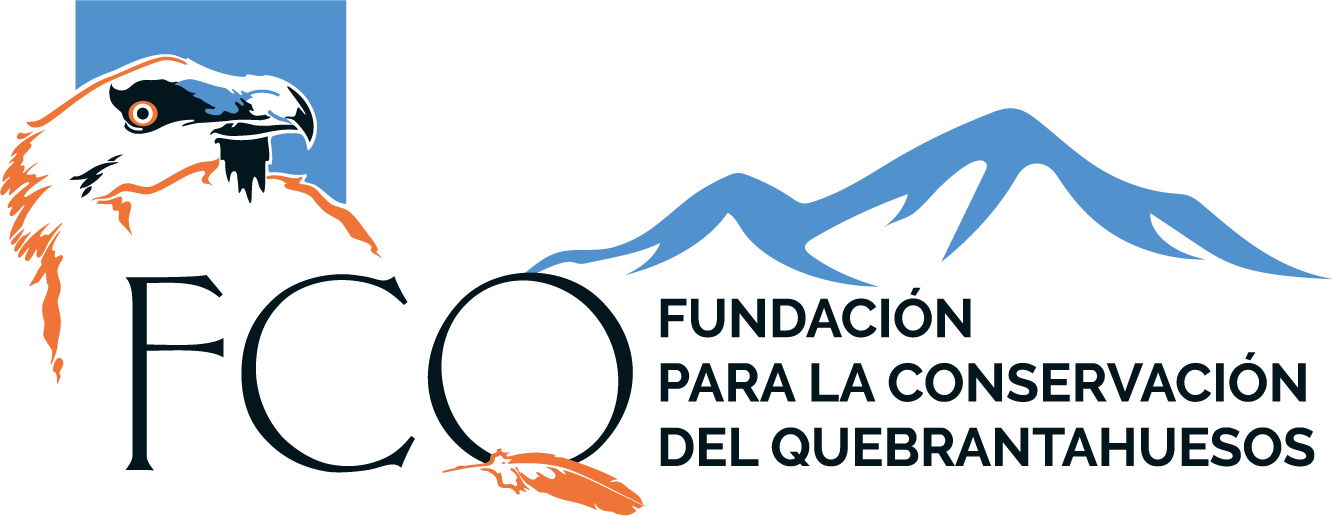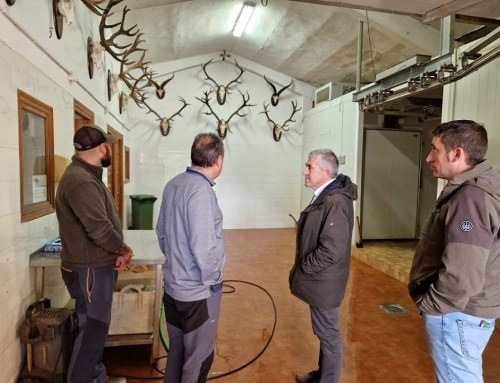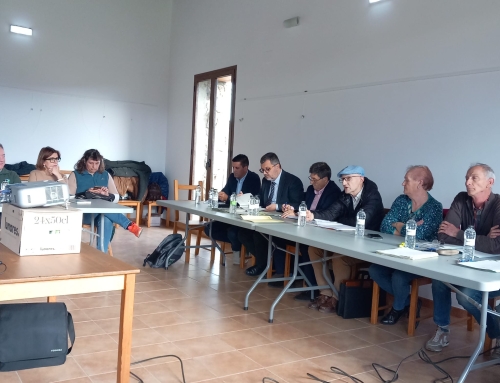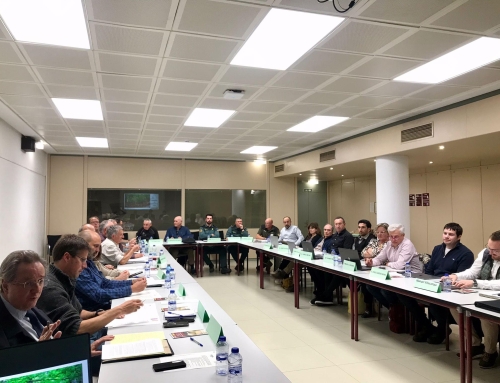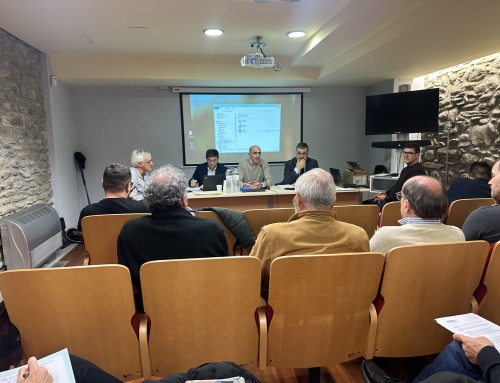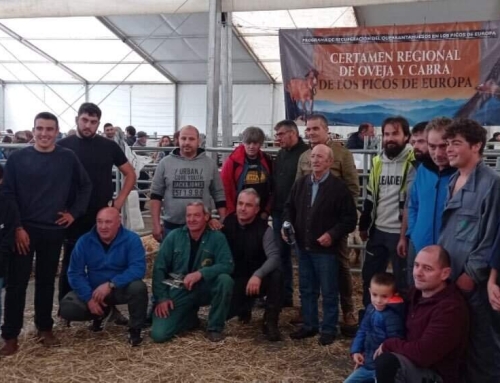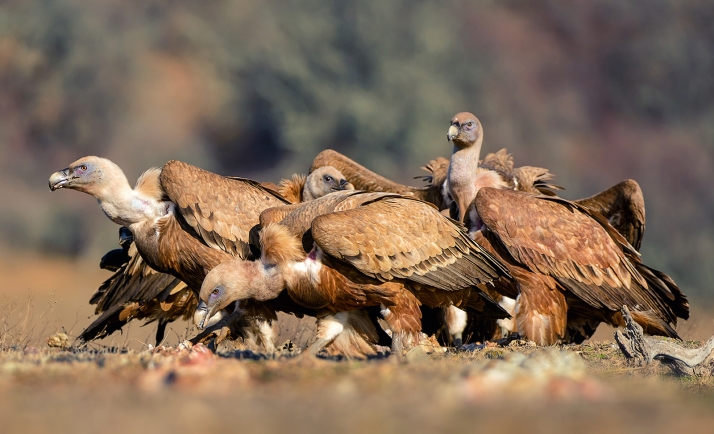
Noviercas will have a midden to feed scavenger birds.
The livestock farms Moncayo Ecológico and TuVaka Tribu, managed by the young farmers and entrepreneurs Jorge Conte and Rodrigo Muñoz, respectively, have received authorization from the Junta de Castilla y León to use the Protection Zones for the Feeding of Necrophagous Species (ZPAEN).
Located at the foot of Moncayo, in Noviercas, two livestock farms, Moncayo Ecológico and TuVaka Tribu have opted for a regenerative livestock farming model, which respects natural rhythms and improves soil health.
With the new authorizations, both not only contribute to the maintenance of local ecosystems, but also play a crucial role in the recovery of the natural feeding habitat of threatened scavenger species, a national and international priority, such as the Egyptian vulture, the bearded vulture, the black vulture, the imperial eagle or the red kite.
By depositing the carcasses in the forest, they provide natural food for these birds and other scavenger species, linked to extensive livestock farming since its appearance more than 10,000 years ago, contributing to the recovery of the ecological balance. Link between extensive livestock farming and necrophagous animals. Extensive livestock farming has historically had a symbiotic relationship with scavenging species.
In the past, the carcasses of animals that died in the field were a feast for carrion-eating birds and other species.
In turn, this feast in the bush meant the elimination of possible sources of infection.
But with the appearance of TSEs (Transmissible Spongiform Diseases), this link was broken, causing a huge and generalized decrease in the available food that seriously affects these species, whose survival depends on the appearance of carrion dispersed in the territory.
Due to the prohibition of depositing dead animals in the countryside and, mainly, to the disappearance (in increase) of extensive livestock farming, it is still necessary the continuous supply of food in fenced feeding troughs (dunghills) although it has been observed that the continued presence of food in the same places is not a natural way of feeding for these species, According to the Aragonese Association for the Conservation of Biodiversity (ACOBIJA), the ZPAEN Iberian System program, developed and promoted by this group, is working to recover this lost balance.
The plan is simple: to collaborate with farmers so that they return to leave the remains of animals in the forest, allowing scavenger species to maintain their natural habits and preserve their independence.
It also seeks to strengthen ecological connectivity within the biological corridor of the Iberian System.
This connectivity, which refers to the ability of animals to move freely between different habitats, is essential for scavenger species to find food and resting points while moving in search of new territories, mates or during their migrations.
Ecosystem services of regenerative livestock farming According to ACOBIJA, regenerative livestock farming is not only environmentally friendly, but also an innovative solution to various problems affecting the environment.
“With its holistic approach, based on the imitation of natural processes, this form of production improves soil fertility by promoting the formation of organic matter, which turns fields into true oases of nutrients,” they point out.
In the collective, on the other hand, they deny that livestock is one of the culprits of carbon emissions.
“With proper management, instead of emitting CO2, regenerative soils can capture carbon. And as for water, this practice optimizes water retention and quality, reducing runoff and preventing flooding as well as improving resilience to drought, while keeping our rivers and streams cleaner than ever,” they explain. Healthy and sustainable food production The promoter group also means that regenerative livestock farming has a major positive impact on human health and the rural economy.
The products from these farms, such as meat and meat products, are of high quality and offer a superior nutritional profile.
Thanks to practices that prioritize animal welfare and respect for natural cycles, these products are free of chemicals and antibiotics, offering a healthier option for children and adults.
In addition, by choosing these products, “not only are you opting for a healthier diet, but you are also supporting the economic development of rural areas, helping to maintain vibrant landscapes and fostering local biodiversity,” they note. Finally, ACOBIJA concludes that regenerative livestock farming “not only saves the day for necrophagous species and the environment, but also improves our tables and supports rural communities. It’s a real win-win for everyone.” Source: https://sorianoticias.com/noticia/2024-09-04-noviercas-contara-con-un-muladar-para-alimentar-a-aves-carroneras-113872
